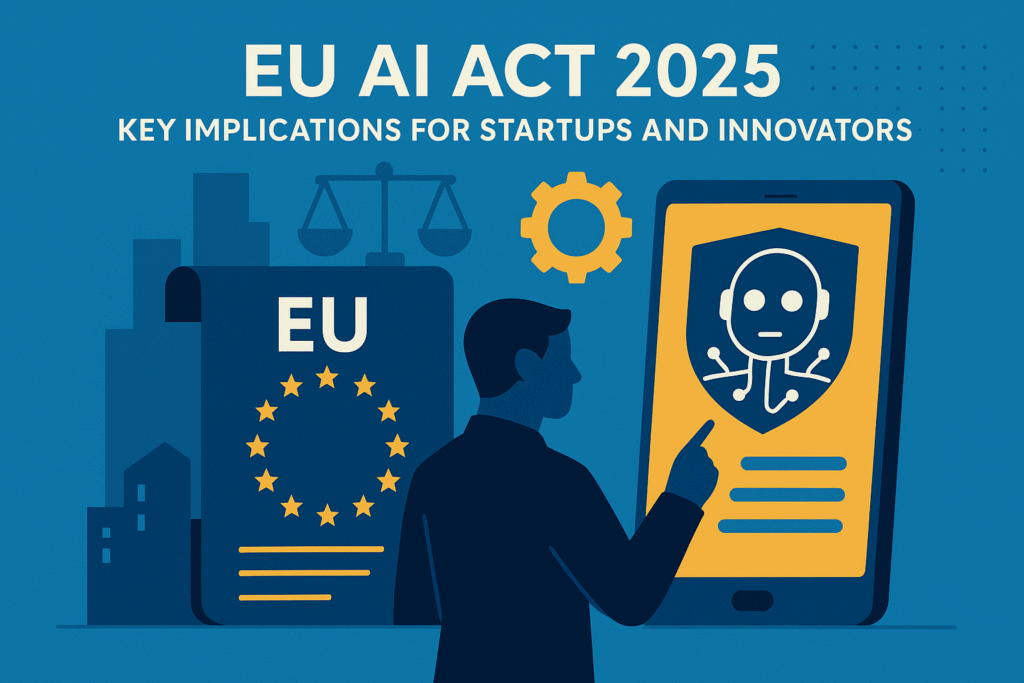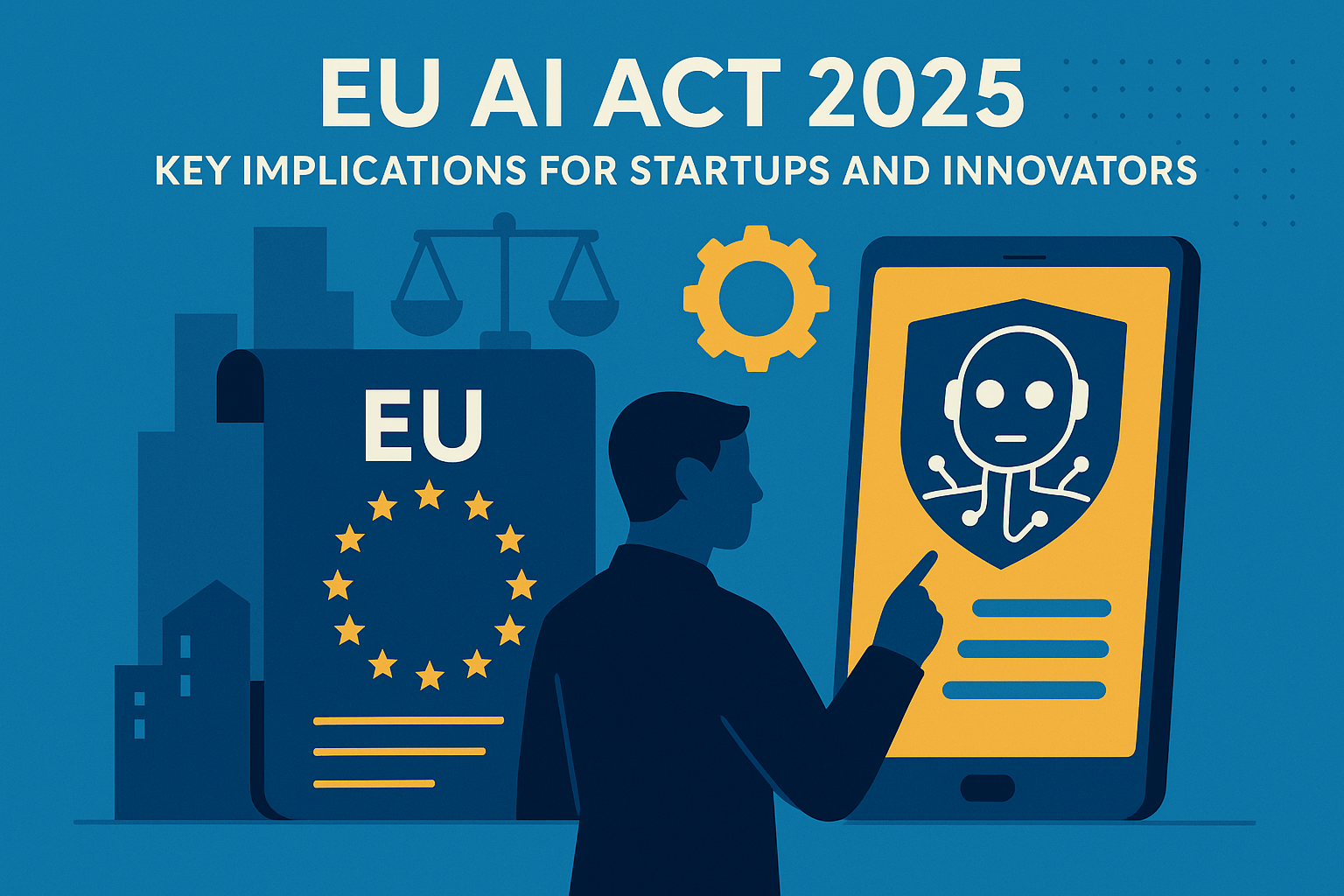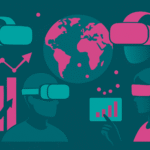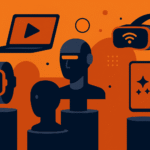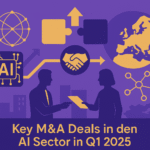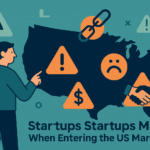Now Reading: XR Market Growth and Trends through 2025
-
01
XR Market Growth and Trends through 2025
XR Market Growth and Trends through 2025
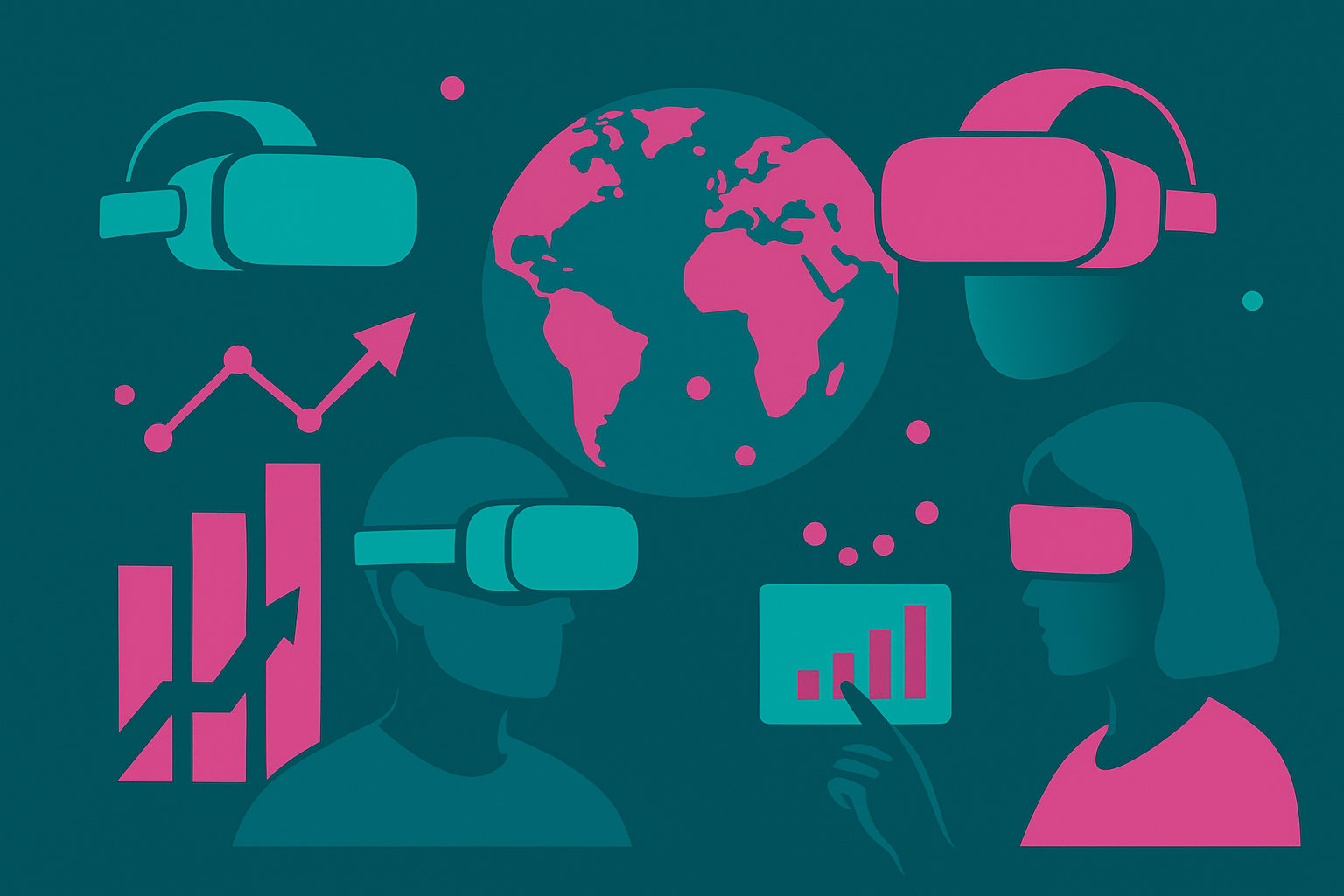
The Extended Reality (XR) market, encompassing Virtual Reality (VR), Augmented Reality (AR), and Mixed Reality (MR), is experiencing remarkable growth as we move through 2025. Driven by advancements in technology, increased adoption across industries, and growing consumer interest, XR continues to redefine digital interactions and experiences.
Market Overview
According to the latest reports from IDC, the global XR market is projected to reach $200 billion by 2025. The rapid expansion is attributed to extensive applications across sectors including gaming, healthcare, education, retail, and industrial training.
Key Drivers of XR Market Growth
- Technological Advancements: Improvements in hardware, such as enhanced field of view, lightweight devices, better resolution, and seamless integration with AI technologies, boost consumer and enterprise adoption.
- Industry-Specific Applications: XR technologies have become integral in training simulations, remote collaboration, customer engagement, and interactive learning, fostering wider acceptance and reliance.
- Consumer Interest and Accessibility: Increasing consumer awareness, coupled with more affordable and accessible XR devices, is driving higher adoption rates among mainstream users.
Prominent Applications and Use Cases
- Healthcare and Medical Training
- XR enables realistic simulations for surgical training, patient education, and mental health therapies. Companies like Osso VR and Fundamental Surgery exemplify successful implementations in medical training.
- Education and Remote Learning
- XR facilitates immersive and interactive learning environments, significantly enhancing educational outcomes. Platforms like ENGAGE and ClassVR lead this transformation in educational technology.
- Retail and Customer Experience
- Brands utilize XR to offer immersive shopping experiences, virtual try-ons, and interactive product demonstrations. Companies such as IKEA and Sephora continue innovating in this space.
- Industrial and Enterprise Applications
- XR technologies streamline training, maintenance, and remote assistance, reducing downtime and costs. Enterprises like Boeing and Siemens have integrated XR into their operational workflows extensively.
Emerging Trends
- Enterprise XR Adoption: Increased enterprise adoption of XR solutions to boost productivity, training efficiency, and safety.
- Integration with AI and IoT: Enhanced XR experiences through AI-driven personalizations, predictive analytics, and integration with Internet of Things (IoT) ecosystems.
- Metaverse Development: XR acts as a foundational technology in building expansive, interactive virtual worlds, significantly driving investments and innovations in this area.
Expert Insights
Industry experts at Gartner emphasize the transformative potential of XR technologies in business and consumer applications, predicting continued exponential growth driven by technological breakthroughs and diverse applications.
Expert Resources for Further Insights
- IDC XR Market Insights
- Gartner Technology Reports
- XR Association
- Forbes XR Coverage
- VRScout Industry News
Key Takeaways
The XR market is positioned for significant growth through 2025, driven by rapid technological advancements, increasing industry applications, and rising consumer engagement. Stakeholders across sectors should leverage XR to enhance their operations, competitive edge, and consumer interactions.











